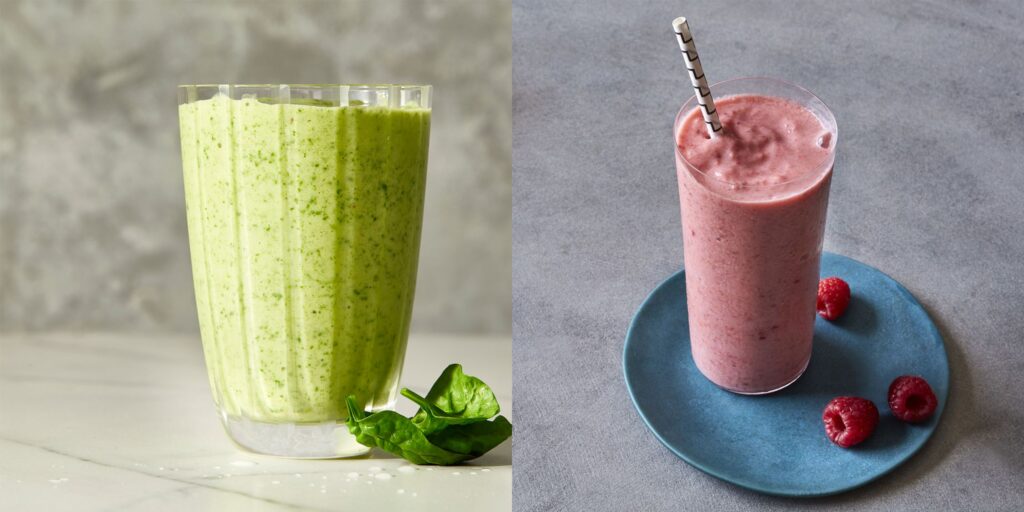Exfoliation is a skincare technique that has been practiced for centuries to reveal smoother, more youthful-looking skin.
This process involves the removal of dead skin cells from the skin’s surface, helping to unclog pores, improve skin texture, and promote a healthy, radiant complexion.
In this article, we will explore the benefits of exfoliation, different methods, and the best practices to follow.
The Benefits of Exfoliation
Exfoliation offers a range of benefits for your skin:
- Improved Skin Texture: Removing dead skin cells reveals the fresh, new skin underneath, resulting in a smoother and softer texture.
- Unclogged Pores: Exfoliation helps clear away dirt, oil, and debris, reducing the risk of clogged pores and acne breakouts.
- Enhanced Skin Radiance: By promoting cell turnover, exfoliation can provide your skin with a healthy, radiant glow.
- Even Skin Tone: Regular exfoliation can help reduce the appearance of hyperpigmentation, sunspots, and blemishes, leading to a more even complexion.
- Better Product Absorption: Exfoliating allows skincare products to penetrate more deeply into the skin, enhancing their effectiveness.
Methods of Exfoliation
- Physical Exfoliation:
- Exfoliating Scrubs: These contain small abrasive particles that physically slough off dead skin cells. Be cautious with the pressure applied to avoid irritation.
- Exfoliating Tools: Brushes, sponges, and cleansing devices can be used to manually remove dead skin cells.
- Chemical Exfoliation:
- Alpha Hydroxy Acids (AHAs): AHAs like glycolic acid and lactic acid are water-soluble and work on the skin’s surface to remove dead skin cells and improve skin texture.
- Beta Hydroxy Acids (BHAs): BHAs like salicylic acid are oil-soluble, making them effective for unclogging pores and reducing acne.
- Enzymes: Enzyme exfoliants use natural enzymes to break down dead skin cells. They are often gentler than acids and are suitable for sensitive skin.
Best Practices for Exfoliation
- Know Your Skin Type: Understand your skin type and choose an exfoliation method and product that suits it. Those with sensitive skin may opt for gentler exfoliants, while oily or acne-prone skin may benefit from BHAs.
- Frequency: Exfoliation frequency varies depending on the product and your skin type. For most people, 1-3 times a week is sufficient. Avoid over-exfoliating, as it can lead to irritation and damage.
- Gentle Application: Whether using a physical or chemical exfoliant, apply it gently to avoid damaging the skin. Excessive pressure can lead to microtears.
- Sun Protection: Exfoliation can make the skin more vulnerable to UV damage. Always wear sunscreen to protect your skin when exfoliating.
- Follow with Moisturizer: After exfoliating, apply a hydrating moisturizer to lock in moisture and maintain skin balance.
- Patience is Key: Results from exfoliation may take time to become apparent. Be patient and consistent with your exfoliation routine.
- Consult a Professional: If you have specific skin concerns or are unsure about exfoliation, consider consulting a dermatologist for guidance and recommendations.
Conclusion
Exfoliation is a valuable skincare practice that can help you achieve a healthier, more radiant complexion.
By understanding the benefits, different methods, and best practices of exfoliation, you can tailor your skincare routine to meet your skin’s unique needs and maintain a youthful, glowing appearance.
Remember that moderation and proper skincare routines are essential for reaping the full benefits of exfoliation.


